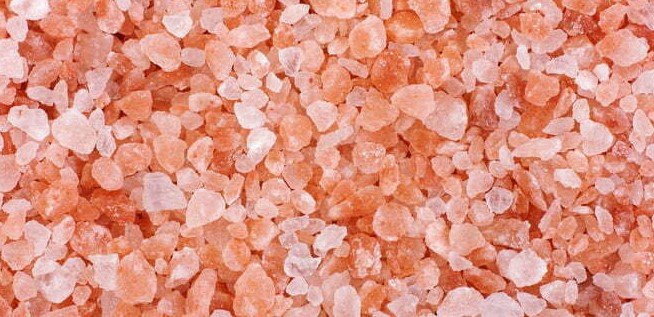
Dates are rich in fructose and taste like sugar and caramel. They are produced on palm trees and are widely cultivated across Iraq, North Africa, and Pakistan. ARMCOM delivers the best dates across the world.

Pink Himalayan salt fine refers to a finely ground form of pink Himalayan salt, which is a type of rock salt mined from the Khewra Salt Mine in the Punjab region of Pakistan. Here are some details about pink Himalayan salt fine:

Pink Himalayan salt coarse, on the other hand, is often used as a finishing salt or for presentation purposes. The larger grains provide a pleasing visual appeal and a satisfying crunch. It is frequently used to top dishes just before serving, adding a burst of texture and a touch of saltiness to each bite.
Pink Himalayan salt coarse, with its larger grains, is typically preferred for grilling, roasting, or salting meat before cooking, as it adds a decorative touch and adds texture to the finished dish.
Particle Size: Moreover, pink Himalayan salt coarse has larger grain sizes and a more noticeable texture.

Black Lava Salt, whether in fine or coarse form, is a type of salt that is blended with activated charcoal to create its distinct black color. Here are some details about black lava salt in both fine and coarse variations:

Himalayan Salt is a mixture of sodium chloride, minerals and elements, and other minerals like sulfate, magnesium, calcium, potassium, bicarbonate, bromide, borate, strontium, and fluoride.
Himalayan Salt can be beneficial for the things mentioned below:
Cooking and relieving – use pre-ground salt or processors like some other salt. The medical advantages of Himalayan Salt include:
• Supporting thyroid and adrenal function
• Aiding in overall hormone balance for men and women
• Supports a healthy and fiery metabolism
• Contains 84 trace minerals vital for wellbeing
• Is required to make adequate stomach acid
